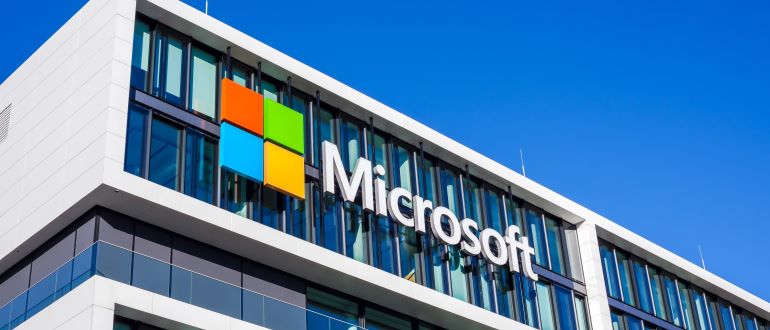
Microsoft may be planning to use small nuclear reactors (SMR) to power its AI data processing centers in a bid to manage the huge energy demands required.
Microsoft’s apparent nuclear intentions come via a job posting for a principal program manager for nuclear technology, first noticed by a website operated by Data Center Dynamics. “This senior position is tasked with leading the technical assessment for the integration of SMR and microreactors to power the data centers that Microsoft Cloud and AI reside on.” Microsoft is in a $10 billion deal with OpenAI, the makers of ChatGPT, to supply the cloud services for its generative AI offering. Electric grids already are struggling to cope with power demand in some locations.
Unlike the big nuclear reactors of the past, SMRs are generally smaller and modular in design and can be prefabricated for assembly on site, according to the International Atomic Energy Agency (IAEA). The relatively small size of SMRs, which harness nuclear fission to generate heat to produce energy, makes them more suitable for locations not suitable for larger nuclear plants. Whoever Microsoft’s new hire turns out to be, the job isn’t an easy one. More than 80 commercial SMR designs are being developed around the world targeting varied outputs and applications. And while the relatively low cost of SMRs is attractive, their economic competitiveness is still to be proven once deployed, notes the IAEA. Among the leading proponents of SMRs is Microsoft co-founder Bill Gates who is building a nuclear power plant in Kemmerer, Wyoming under the name TerraPower. Unlike other nuclear plants, TerraPower plans to use liquid sodium instead of water to cool the reactor, citing liquid sodium’s higher boiling point as a positive contribution to conservation. TerraPower is targeting 2030 to begin operations. SMRs also may be added to existing large nuclear plants as is the case with Virginia’s Green Energy Partners which plans SMR expansion to power 30 data centers in the state. SMRs still need to prove whether they are more cost effective than wind and solar renewable energy sources.
Microsoft also may be betting on the successful implementation of nuclear fusion. The company already has inked a power purchasing deal with Helion, a Canadian nuclear fusion startup, to buy electricity beginning in 2028. OpenAI CEO Sam Altman is reportedly a Helion investor. Nuclear fusion creates more power than nuclear fission and it doesn’t have harmful radioactive byproducts that need to be stored for thousands of years. Nuclear fusion is basically the same process that powers the sun. Optimism in nuclear fusion was stoked by a breakthrough announced by the U.S. Department of Energy in December, 2022 in which a “net energy gain” was achieved by scientists for the first time using nuclear fusion.
Microsoft’s interest in SMRs comes amidst rising concerns about the energy use and environmental impact of AI. ChatGPT’s energy demands reportedly may cost as much a $700,000 per day with energy costs continuing to spiral upward. Academic studies of ChatGPT suggest training GPT-3 required the use of 3.5 million liters of water and created 550 tons of carbon dioxide. Microsoft, meanwhile, says it is aiming to make its data centers carbon neutral and water positive by 2030.


